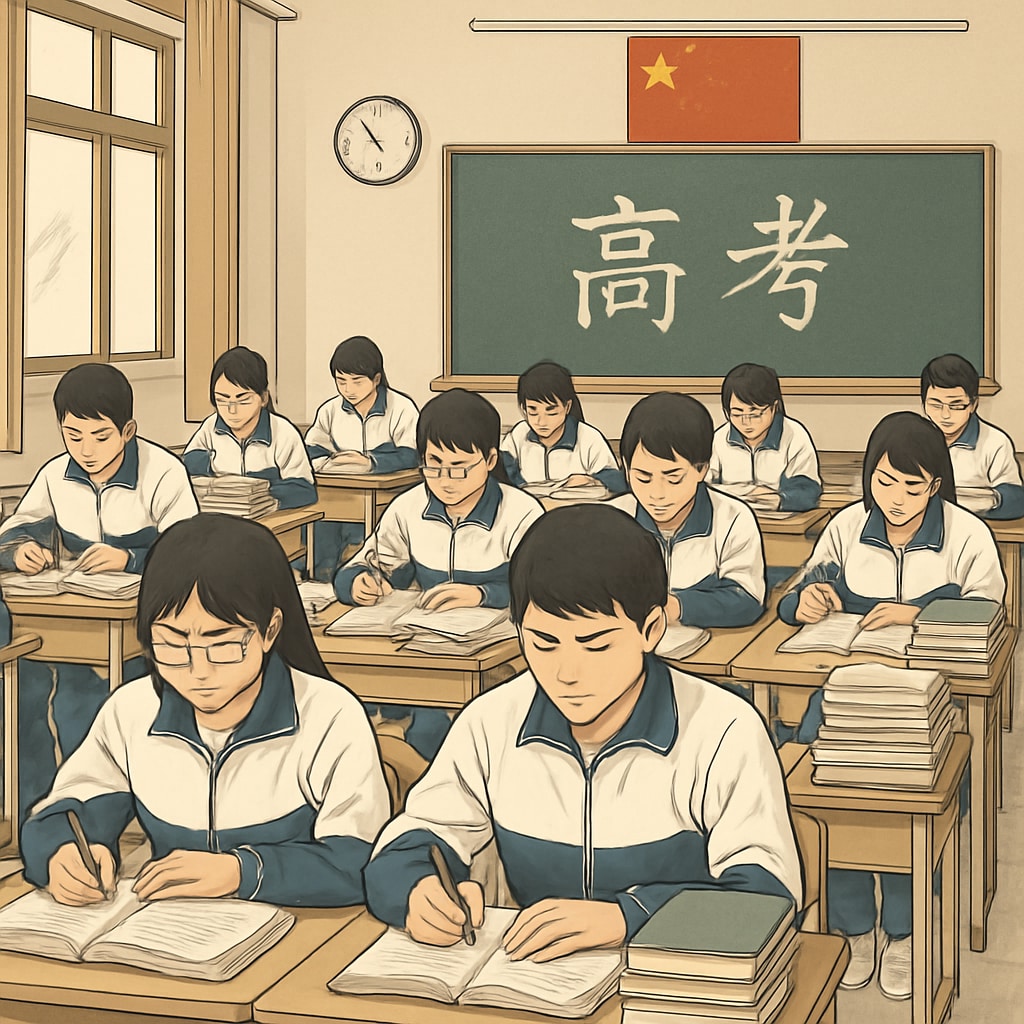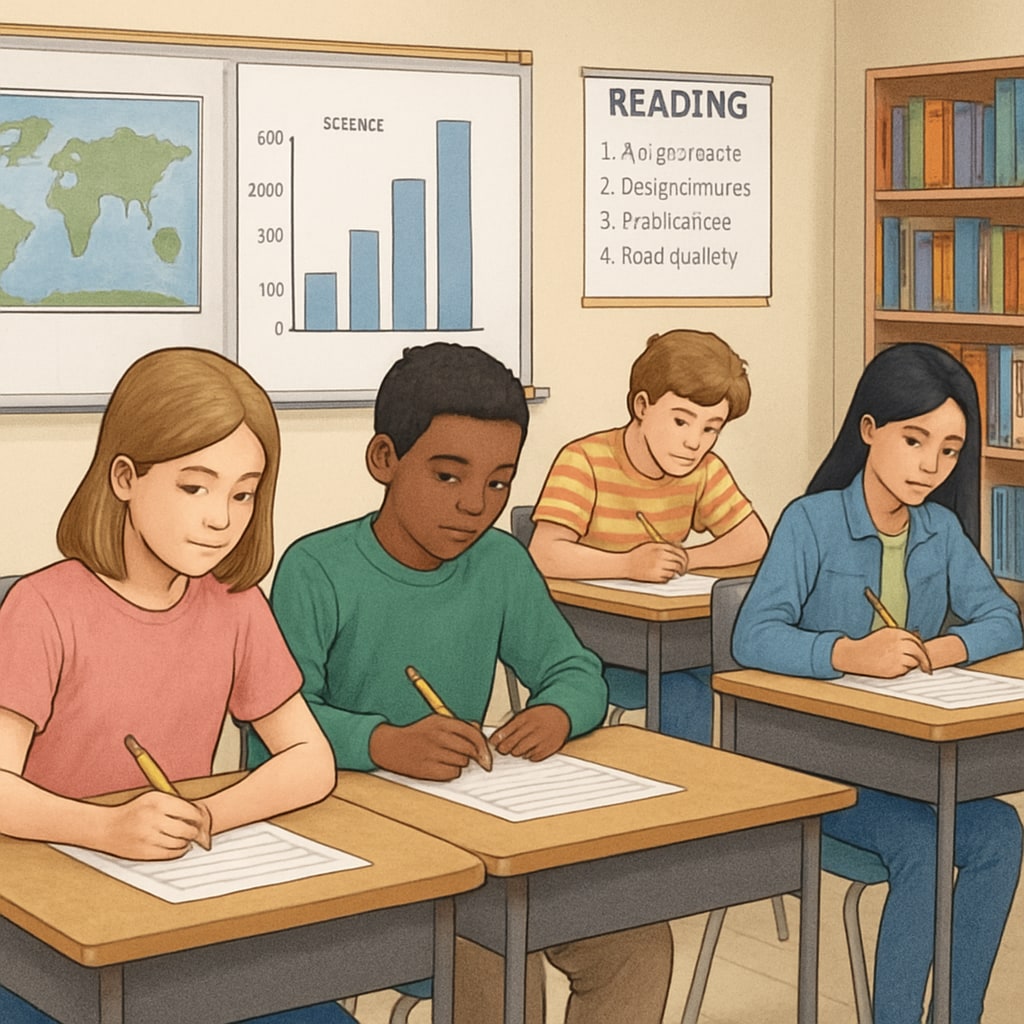When comparing U.S. and Chinese education systems, the differences in core values and approaches—particularly in areas like standardized testing and educational equality—become immediately apparent. These differences are not only reflective of distinct educational philosophies but also deeply rooted in each nation’s cultural and societal foundations. This article dives into the contrasting methods employed by these two systems and examines how they shape the development of students.
Core Philosophies: Individual Growth vs. Collective Excellence
The United States and China approach education with fundamentally different philosophies. The U.S. education system emphasizes the principle of equality, aiming to provide every student with access to quality education regardless of their background. This is evident in policies promoting inclusive education and efforts to reduce disparities between schools in affluent and underprivileged areas.
On the other hand, the Chinese education system prioritizes collective excellence, often at the expense of individual differences. This focus is most prominently reflected in the “gaokao,” a highly competitive national university entrance exam. The gaokao serves as the cornerstone of China’s meritocratic education model, designed to identify and reward the highest-performing students.

Standardized Testing: A Double-Edged Sword
Both U.S. and Chinese education systems utilize standardized testing, but the significance and consequences of these tests differ dramatically. In the United States, standardized testing is controversial. While tests like the SAT and ACT are used for college admissions, there is growing criticism that they perpetuate socioeconomic inequalities. Recent shifts, such as the test-optional movement in college admissions, reflect a desire to reduce dependence on such measures.
In contrast, standardized testing in China is deeply entrenched and widely accepted. The gaokao, for instance, is seen as a fair and objective way to allocate limited resources in a populous country. However, the pressure it places on students can lead to intense academic stress and neglect of non-academic talents.
For example, according to a Wikipedia entry on the gaokao, approximately 10 million students take the exam annually, vying for spots in prestigious universities. Consequently, the stakes are incredibly high, leaving little room for creativity or holistic development during the school years.

Educational Equality: Bridging or Widening the Gap?
One of the most significant contrasts between the two systems lies in their approach to educational equality. The U.S. education system, while far from perfect, actively strives to reduce inequality through Title I funding for disadvantaged schools, special education programs, and affirmative action policies. These efforts align with the nation’s broader commitment to social mobility and individual opportunity.
In China, equality takes a backseat to efficiency. Resources are disproportionately allocated to top-performing schools in urban areas, leaving rural schools underfunded and understaffed. This urban-rural divide creates significant barriers for students from less affluent backgrounds, perpetuating cycles of inequality.
For instance, a Britannica article on education highlights that while urban students benefit from better facilities and teaching staff, their rural counterparts often lack basic educational infrastructure. This discrepancy undermines the principle of equal opportunity and reinforces existing socioeconomic divides.
Social and Cultural Roots of Educational Differences
The differences in U.S. and Chinese education systems are not arbitrary but deeply rooted in their respective cultures and histories. The American emphasis on educational equality stems from its democratic ideals and belief in individual potential. In contrast, China’s focus on standardized testing and meritocracy is influenced by Confucian values that prioritize discipline, hard work, and collective success.
Moreover, societal expectations play a crucial role. In China, academic achievement is often seen as the primary path to social mobility, placing immense pressure on students to excel. In the U.S., while academic success is important, there is greater recognition of diverse talents and pathways to success, including arts, sports, and vocational training.
As a result, students in the U.S. often enjoy a more balanced education that fosters creativity and critical thinking. However, this flexibility can sometimes lead to inconsistent academic standards, particularly in underfunded schools.
Implications for Student Development
The differing approaches of the U.S. and Chinese education systems have profound implications for student development. In the U.S., the focus on equality and holistic development encourages students to explore diverse interests and develop well-rounded personalities. However, this can sometimes come at the cost of academic rigor.
In China, the emphasis on standardized testing and competition produces students with strong discipline and academic skills. Yet, this often stifles creativity and emotional well-being, leaving students ill-prepared for challenges outside the academic sphere.
Ultimately, the ideal education system may lie somewhere in between—balancing the rigor and efficiency of the Chinese model with the inclusivity and flexibility of the American system.
Readability guidance: This article uses short paragraphs and clear subheadings to enhance readability. Transition words such as “however,” “for example,” and “as a result” are used to maintain a logical flow. Lists and external links provide additional context and support the main arguments.


